What is an industrial-grade high bay light
An industrial-grade high bay light is a heavy duty lighting system designed and constructed to thrive in the most demanding installations. Industrial lighting is often made challenging by the presence of moisture, dirt, dust, corrosive atmosphere, extreme temperatures, dirty power, and vibration. These operating conditions can be found in a variety of industrial and manufacturing facilities, which include automotive assembly plants, steel mills and foundries, aerospace manufacturing and rework facilities, machine tool buildings, casting and welding facilities, pulp and paper plants, chemical manufacturing and processing plants, grain handling facilities, food processing plants, paint and rubber manufacturing facilities, shipbuilding and repair plants, and power generation plants. The hostile environment places high demands on the ruggedness and reliability of light fixtures.
Industrial facilities present a unique challenge for lighting systems
Aside from mechanical, electrical and environmental factors, other factors that come into play such as high-ceiling installations, expansive spaces and long operating hours challenge owners and operators of industrial facilities to cut lighting costs which take a big bite out of profits. With energy costs on the rise and the ever-tightening energy codes, every energy saving opportunity is being mined to maintain tight control of electrical expenses in the energy hungry facilities. The bottom line is that energy-efficiency goals should not be achieved at the expense of compromised quality and quantity of illumination. Lighting can affect worker safety and performance. A poorly illuminated facility is an environment ripe for errors and accidents. The dropped productivity and injury to people as a consequence of poor lighting can wipe out business profits or the savings on lighting.
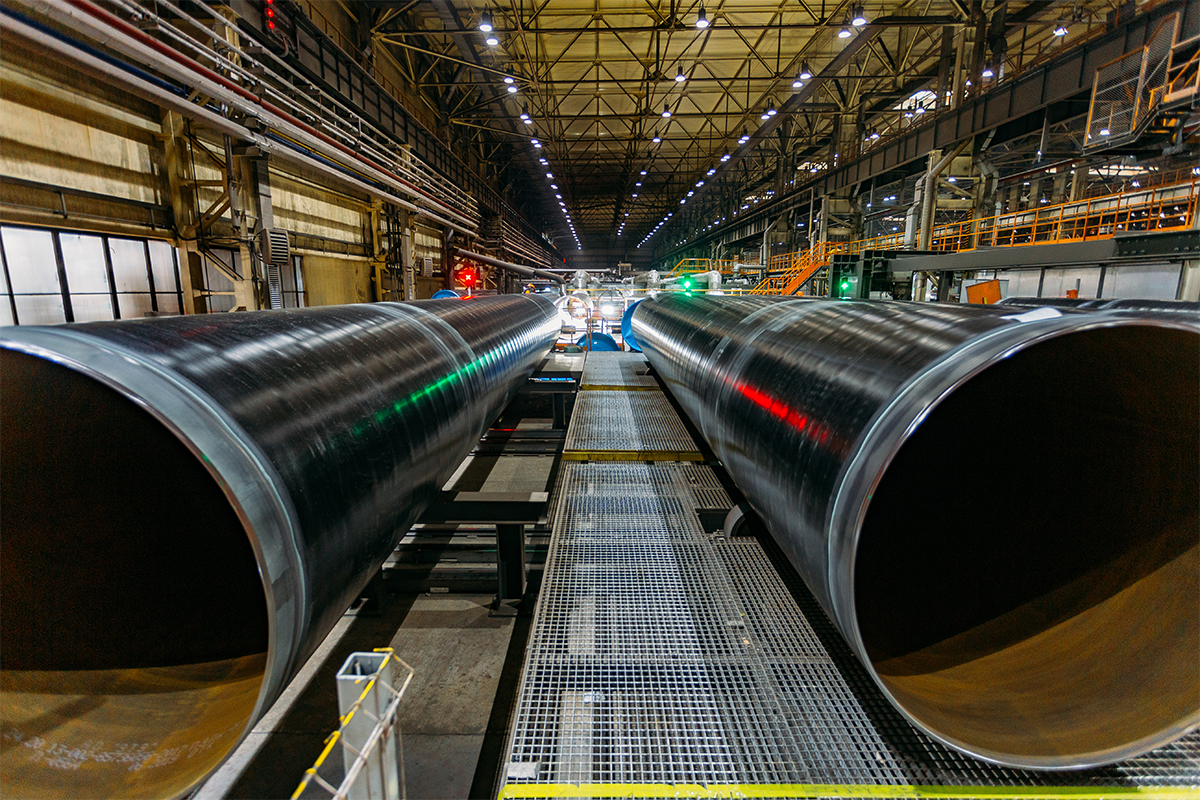
Legacy lighting technologies
In the past, the use of high-intensity discharge (HID) lighting systems, and in particular metal halide fixtures, had been extremely common for high bay applications due to their advantages over incandescent lamps such as high wattage capability and improved luminous efficacy. However, the value proposition of HID lighting is limited by its long startup and restrike times, restrictive dimming capabilities, catastrophic envelope failures (bulb explosion), high lamp lumen depreciation (LLD), and shortened lifespans under high frequency switching or high wattage operation. In industrial applications, the reliability and durability of lighting systems is of decisive importance because the luminaires are usually installed at hard-to-reach heights, which makes lighting maintenance challenging and costly. Another disadvantage with HID lighting is its low lighting application efficiency (LAE). The omni-directional emission of HID bulbs leads to a huge optical loss at the fixture-level. These high-intensity nearpoint sources also cause the luminous flux to concentrate directly below the luminaire.
As a result, HID fixtures must be installed in high densities to achieve uniform light distribution over an expansive space. Industrial luminaires lamped with high output fluorescent tubes provide uniform light distribution and improved on/off switching ability. As with HID lamps, however, their lifespan is greatly reduced when the fixtures are frequently cycled on and off. Fluorescent lamps have a number of other problems that make them fall off the radar in heavy duty industrial applications. These problems include poor dimming performance, low efficiency or malfunction in extreme temperatures, flickering (stroboscopic effect), etc.
LED technology unlocks enormous opportunities to improve lighting
An outstanding lighting solution can make an important contribution to the success of an industrial facility. Industrial applications call for the use of lighting systems that are powerful, efficient, and failure-free. Safety concerns, poor reliability of operation, low LAEs, poor controllability, and high maintenance costs of traditional lighting systems are driving a trend toward the use of LED luminaires. The quantum leap in source efficiency is just one of the main justifications for switching to LED lighting. A huge energy savings potential is available with LED lighting through efficient use of lighting and effective delivery of light.
Besides energy and maintenance savings, no longer will the facility managers need to worry about the potential ignition problem which can occurs when hot particles of quartz or ceramic arc tube and tungsten electrode materials of a metal halide lamp fall as hot debris. LED high bay systems offer a much lower fire risk. LED lighting delivers the safety, durability and reliability critical to failure-free operation in harsh industrial environments, resulting in reduced maintenance that contributes to the long-term operational cost savings. This transformative technology redefines color quality for industrial applications as well as the limits of fixture design to improve uniformity of lighting for better, safer working environments. With embedded programmability, intelligence and networking, LED technology unlocks a host of value-added features that transforms lighting from a necessary expense to a strategic asset.
Design and engineering requirements
Industrial-grade high bay lights are designed to be mounted at ceiling heights of no less than 6.1 m (20ft). However, this is not a rigid rule. Some high bay lights are designed for use in low bay areas as well. Industrial LED luminaires are very versatile in form factors, light outputs, and optical distributions, which enables every lighting solution to be customized to the function of the space and the complexity of the task being performed. Given the space demands in manufacturing facilities, high-lumen-output lighting system are required. High bay LED lights are offered in lumen packages from 15,000 and 100,000 lm, with a nominal correlated color temperature (CCT) usually greater than 4000 and a color rendering index (CRI) in the 80s.
Typically, lower wattage luminaires are integrated LED systems, whereas higher wattage systems have a modular design which allows for scalable lumen packages, easy component replacement and future upgrade. Notwithstanding their advantages, high bay LED lights for industrial applications are complex systems capable of reaching higher performances than traditional lighting systems only when the LEDs and sub-systems (thermal, driver, and optical) are properly chosen, designed and engineered to solve the main inconveniences of legacy technologies and address the inherent challenges of the LED technology and operating environment.
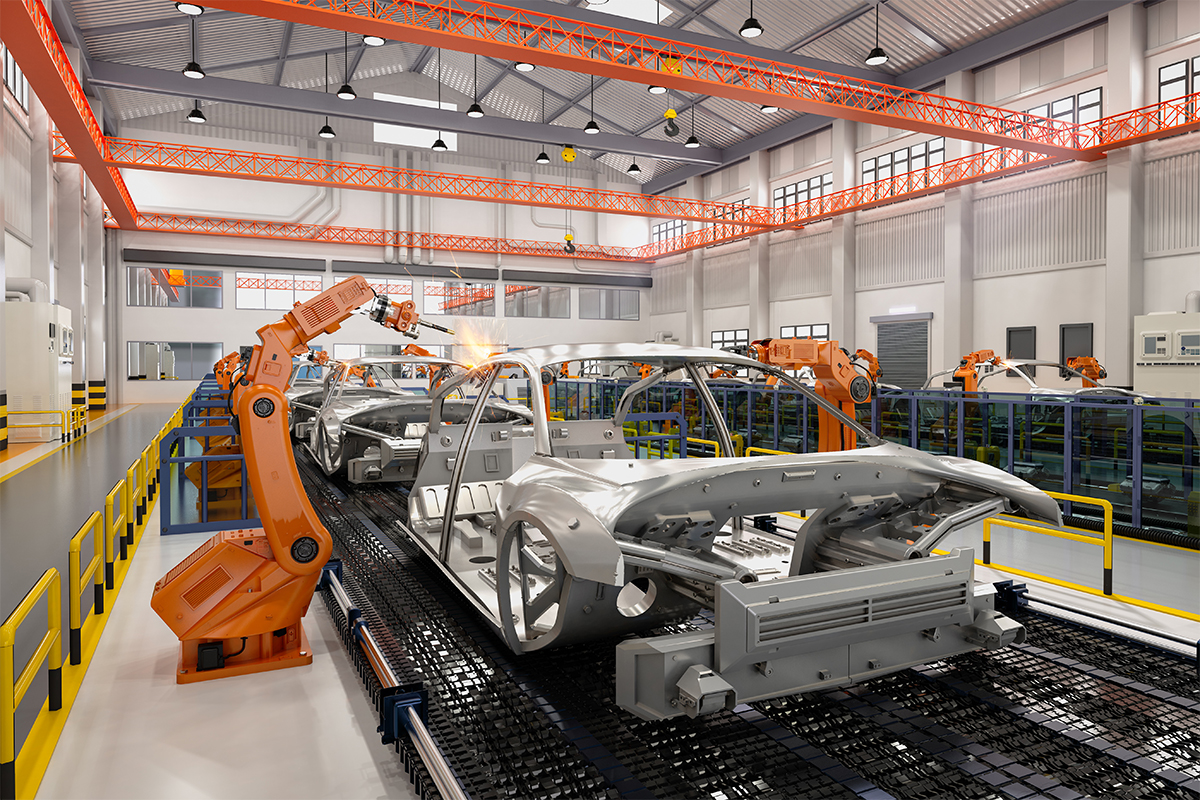
Light source
Many of the performance variants of an LED luminaire depend on the package platform and metrics of the LEDs that’re incorporated in the system. Industrial-grade high bay LED lights are generally high power lighting systems which impose high thermal electrical stresses on the light source.
While mid-power LEDs built on the plastic leaded chip carrier (PLCC) platform have a better lumens per watt ratio (up to 200+ lm/W) than the high power and chip scale package (CSP) LEDs, they can be one of the weakest points in a high power lighting system. The thermoplastic resin that forms the molded or cast reflective cavity of the PLCC packages can deteriorate rapidly at high temperatures and intense light levels. The metal plating of the lead frame is prone to corrosion in industrial environments where corrosive gases are present. These failure mechanisms end up in poor lumen depreciation of the leadframe packages. A deeper concern is that the electrical overstress (EOS) robustness of leadframe packages is often undesirable for high power applications due to the poorly designed architecture. Bond wire fracture can occur when the LED is exposed to high forward currents or high peak transient currents.
In contrast, both high power and CSP LEDs have a robust architecture that allows these packages to withstand high thermal and electrical stresses. Despite their lower source efficacy due to the absence of the reflective plastic cavity, high power and CSP LEDs have significantly better lumen maintenance and reliability that make them a better investment in the long run.
Interconnect reliability
The reliability of interconnects (electrical contacts) could be a primary factor that affect the final lifetime of the industrial lighting products. In addition to high thermal and electrical stresses, the solder joints between the LED package and printed circuit board (PCB) are often subject to the high mechanical stress caused by constant vibrations from heavy industrial equipment and large coefficient of thermal expansion (CTE) due to extreme temperature changes.
For high power LED applications, the solder joints must have excellent creep resistance to minimize strains incurred in thermal cycling, provide strong metallurgical bonding of the solder alloy and the base metals to be soldered, and create an efficient path for high capacity thermal and electrical conduction. The formation of higher reliability, high operating temperature capable interconnects requires the use of creep-resistant and vibration resistant solder alloys as well as LED packages with adequately dimensioned anode and cathode pads. Tight control of the soldering process and developing an optimized reflow profile are also important.
Thermal management
Notwithstanding the dramatic improvement in the efficiency of energy conversion from electrical power to optical power, LEDs still convert a significant portion (more than 80%) of the power they are fed into heat. If not properly dissipated, the heat flux can build up within the semiconductor package and cause the LED to be operated above the maximum rated junction temperature. Overheating the LEDs can accelerate degradation of packaging materials, reduce the internal quantum efficiency of the LEDs due to increased nucleation and growth of dislocations in the active region of the diode, and pose risks of thermal runaway.
An LED luminaire without proper thermal management may eventually have a short lifespan. The junction temperature of an LED is determined by the drive current, thermal path, and ambient temperature. High operating current can increases thermal buildup within the LED. Because of this, the drive current must be controlled to ensure that the thermal energy introduced to the junction does not overwhelm the thermal path. On the hand, the thermal path from the LED junction to the ambient environment must be built to provide a thermal transfer rate that outpaces rate at which thermal energy is introduced to the junction.
Thermal engineering is aimed to reduce the thermal resistance of components along the entire thermal path to a minimum so that the waste heat will not accumulate in the LEDs. A high capacity thermal transfer path involves the use of 1) LEDs that have a thermally optimized package design and allow to create high performance solder joints, 2) metal core printed circuit boards (MCPCB) and thermal interface materials (TIMs) with a low thermal resistance, and 3) a heat sink with high thermal conductivity, maximized effective surface area and convection heat transfer coefficient. Generally, high power LED lighting systems use passive heat sinks which dissipate heat through natural convection. Active thermal management is used when the heat cannot be efficiently dissipated via natural convection.
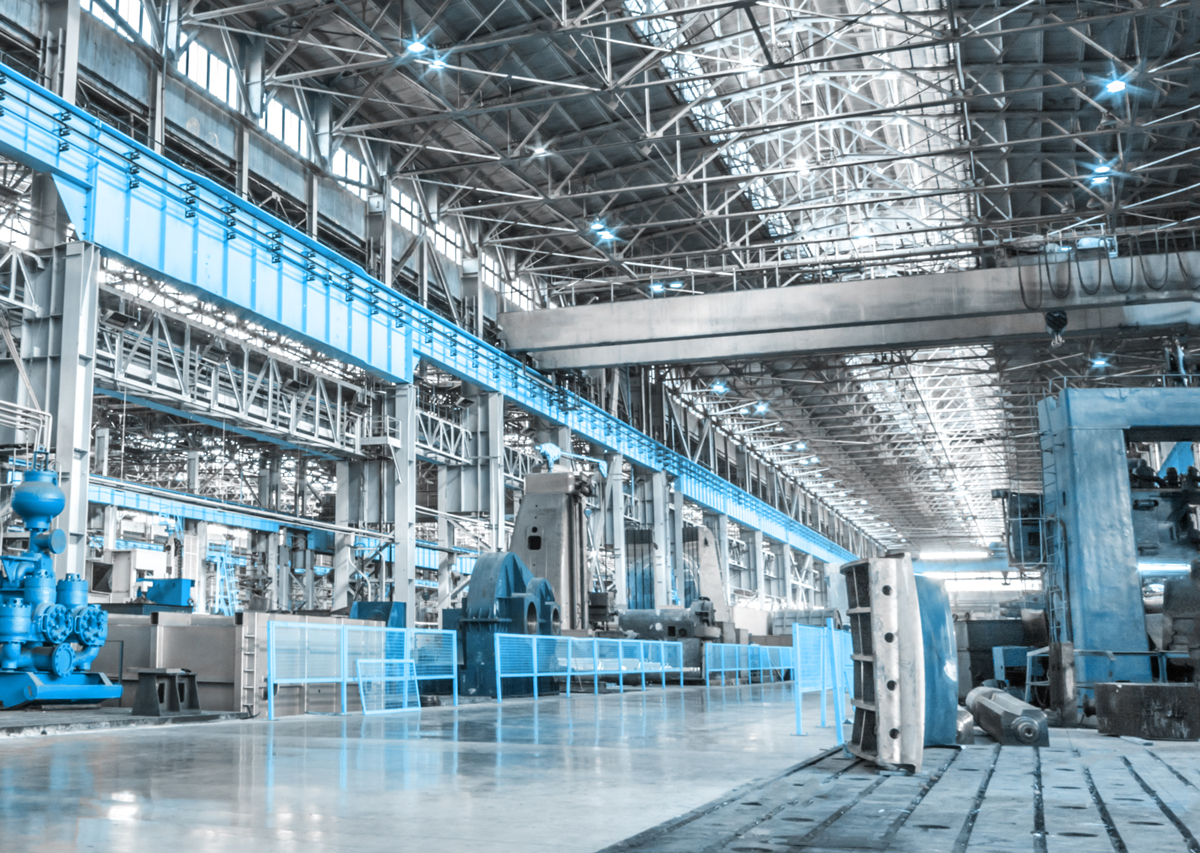
Line and load regulation
The LED driver of an industrial-grade high bay light must be designed to deliver high efficiency and reliability over wide temperature and electrical range. The driver circuit implements a single-stage or a two-stage topology to convert alternating current (AC) line power to a voltage and current compatible with the LED array.
The two-stage driver has active power factor correction (PFC) circuitry which consists of a rectifier bridge of diodes and a smoothing capacitor. The PFC circuitry keeps the sinusoidal input current waveform in phase and in shape with the input voltage to achieve a high power factor while maintaining a constant DC voltage to feed the switching mode power supply (SMPS) DC-DC converter.
A single-stage LED driver performs both power factor correction at the input and controlling the output current in one power conversion stage. The two-stage topology leads to a 30-50% increase in driver circuit component counts. However, this disadvantage is significantly outweighed by the benefits offered by the two-stage drivers, in particular when they’re used in high wattage systems. Not only these types of divers deliver higher power conversion efficiency at higher power levels (more than 100 W), the two-stage topology helps reduce overvoltage to the power MOSFETs as well as the LEDs during surge events whereas single-stage LED drivers require larger and more costly surge protection components. Adequate surge suppression is important since voltage and current fluctuations in the power line created by frequent load switching are a known problem in heavy industrial settings.
Among other advantages, the sufficiently low ripple at the output with two-stage power conversion is a great plus point. The single-stage topology does not provide effective suppression of the large output current ripple delivered to the load. Large ripples in the output current can cause the LEDs to flicker and the dangerous stroboscopic effects. The latter could might induce hazardous illusions to operators in proximity to rotating machines and tools. The expected life of the LED driver should match that of the LEDs. In environments with high ambient temperatures, electrolytic capacitors with high operating temperature capability should be used in the driver circuit.
Lighting control
The effort to unlock the energy savings potential of lighting controls is driving the integration of industrial LED luminaires into building automation systems and the Internet of Things (IoT) platforms. The importance of building dimming capability into the LED driver runs parallel with the efficiency and reliability specifications. Dimming control not only facilitates the implementation of lighting control strategies which occupancy sensing, daylight harvesting and time control, but also allows the LED drivers to execute intelligent algorithms. One of such intelligent algorithms is constant light output (CLO) which is designed to compensate for the gradual lumen depreciation through the life of a lighting system and to avoid excess light output at the beginning of the product’s service life.
It’s a usual practice to build both analog (CCR) and digital (PWM) dimming circuitry into high power LED drivers. Historically, 0-10V and 1-10V are the most commonly used protocols for control of dimming circuitry. The trend has been moved to the use of digital communication protocols such as DALI, Bluetooth mesh, ZigBee, and Z-Wave. The two-way communication available through the DALI network or wireless mesh networks simplifies and automates many aspects of lighting, which include fixture configuration, addressing, and commissioning.
Optical design
The optical design for high bay LED lights deals primarily with the efficient delivery of light from the light source to the target area and uniform distribution of illuminance. The miniature and compact nature of LEDs offers the opportunity to customize the light emitting surface (LES) to any application and deliver uniform light distribution that is not possible with HID fixtures. Because of higher mounting heights, glare control in high bay applications is less of an issue than in low bay applications. This allows for savings on secondary optics when the luminaires are installed for wide area lighting applications.
The directional light output of LEDs allows these products to provide area illumination with low optical loss. Secondary optics such as lenses and reflectors are used when tight beam control and high efficiency light extraction are desired. Lens arrays are a common choice of optics in high bay applications. A lens array consists of an array of small optical units that can precisely direct luminous flux from individual LEDs through key vertical and horizontal planes. The most well-known lens optics are the total internal reflection (TIR) optics which can narrow the FWHM divergence angle from 120° to 10° with an optical efficiency greater than 90%.
Secondary optics designed for industrial-grade high bay lights should have a high thermal stability because the high-power LED architecture often produces a high thermal stress to the phosphor and binder materials. Phosphor temperatures can easily be 30 ° above the junction temperature of the LED due to the heat generated from Stokes conversion at the down-converter layer of an LED package. TIR optics are usually injection molded from acrylic or polycarbonate. The high phosphor temperatures can cause acrylic lenses to degrade in a fast rate. While polycarbonate lenses perform better than acrylic lenses when it comes to high temperature resistance, their thermal stability are challenged by extremely high ambient temperatures in many industrial environments.
Protection against extrinsic failures
The behavior of a luminaire under environmental extremes such as water spray, moisture, dust, and atmospheric corrosion is often an indispensable performance marker in industrial applications. Industrial-grade high bay lights installed in hostile environments should be constructed to withstand these adverse conditions.
LED luminaires for use in wet locations and dusty environments are gasketed to a high ingress protection (IP) rating. Polyester powder coating on the aluminum housing and the use of glass lenses lend high corrosion resistance to the industrial luminaires.
Pressure differentials created by extreme changes in temperature can cause seal fatigue and compromise the integrity of the enclosure. It’s a good practice to provide water-tight luminaires with a breather that can equalize pressures inside and outside the optical compartment.

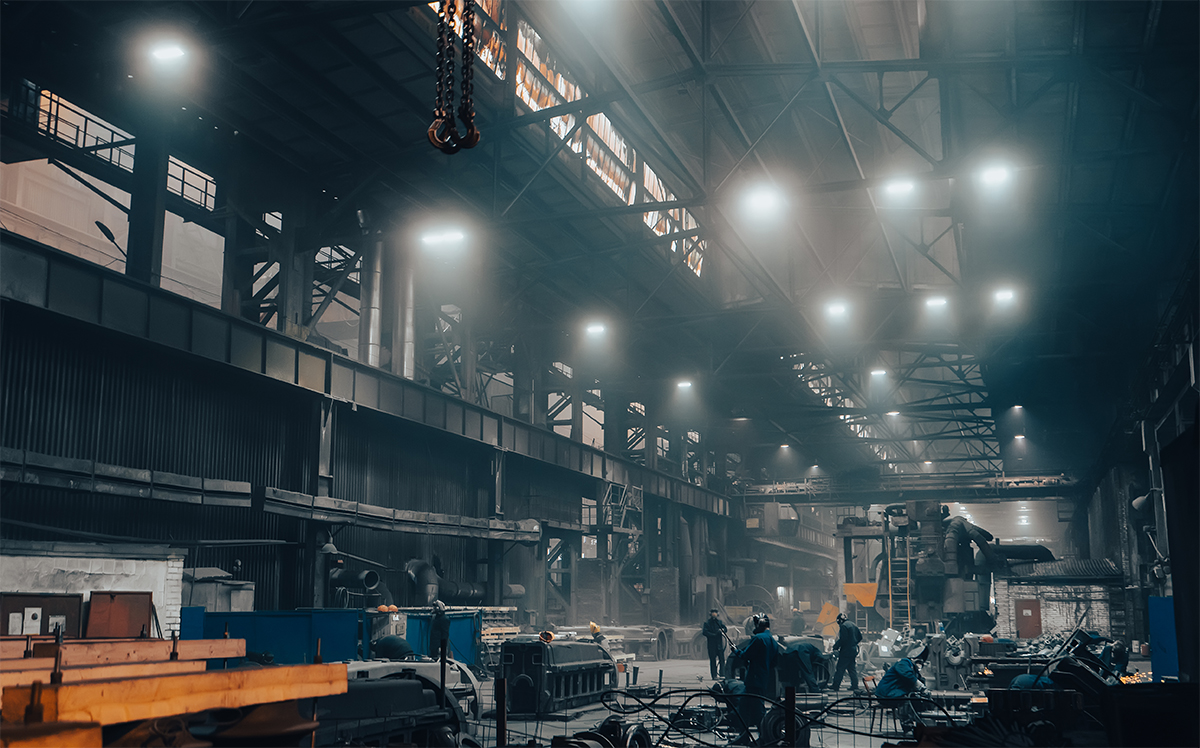
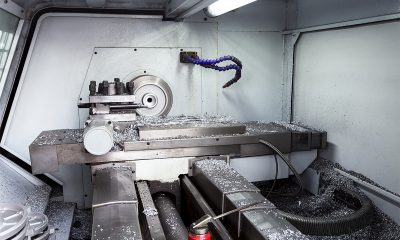
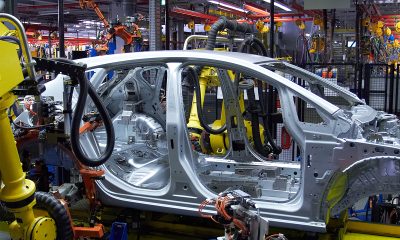
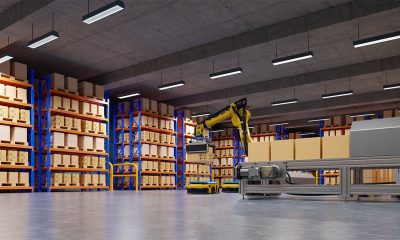
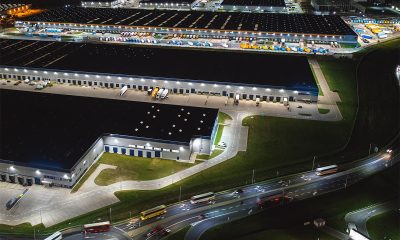

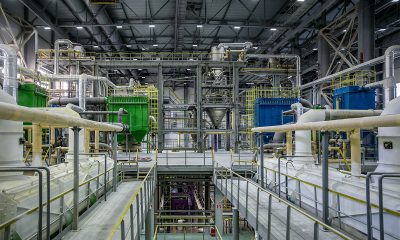
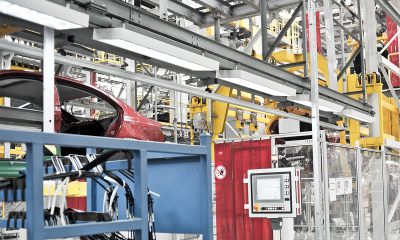
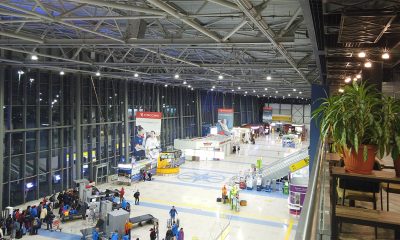
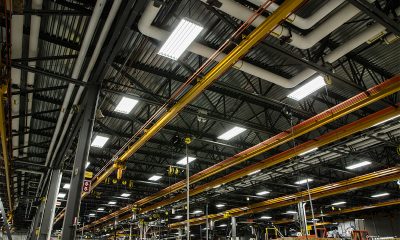
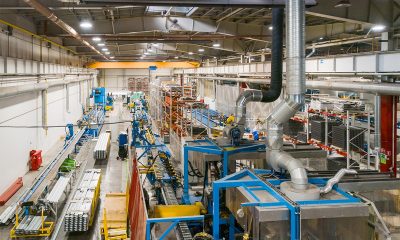
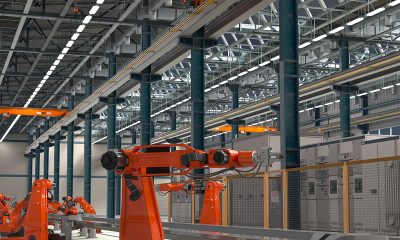
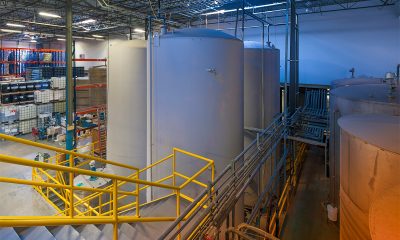





Loading...